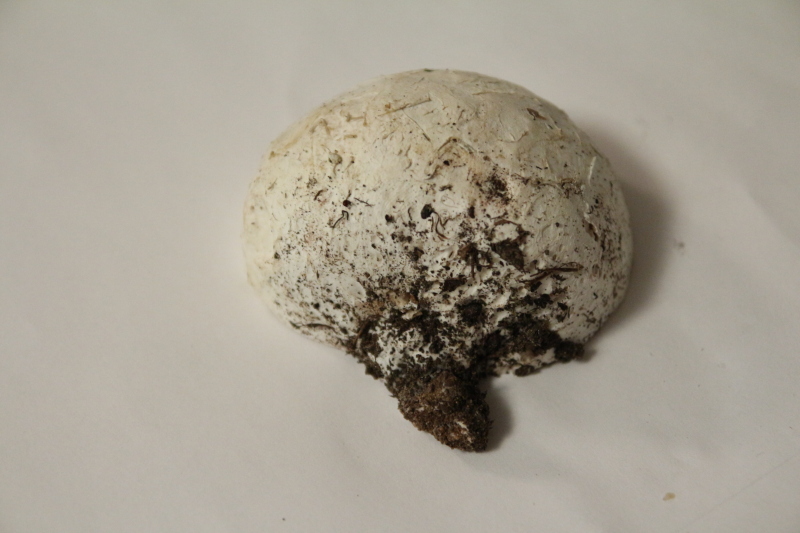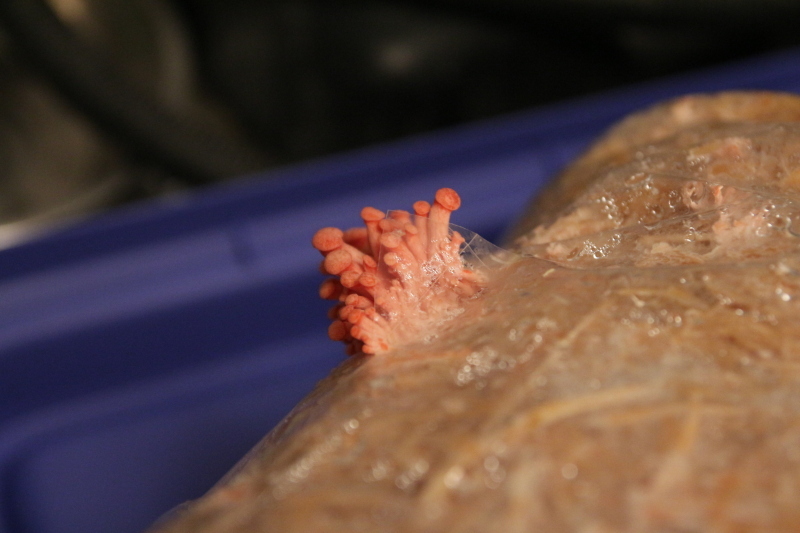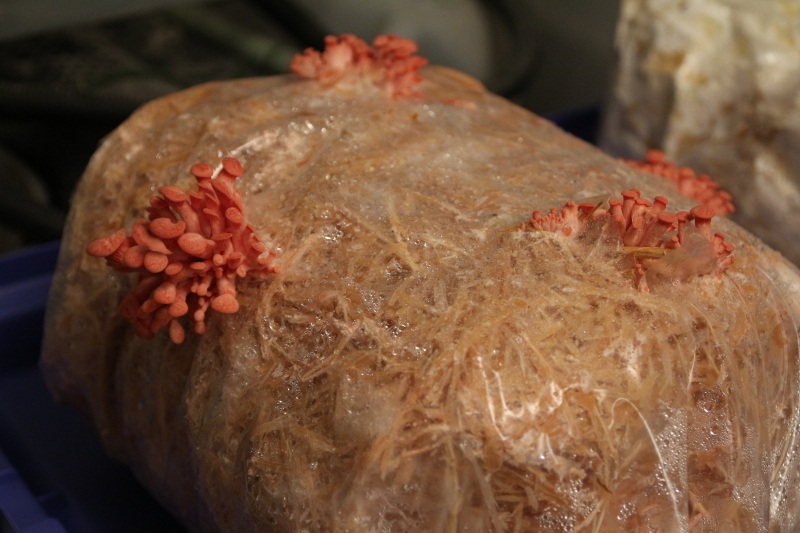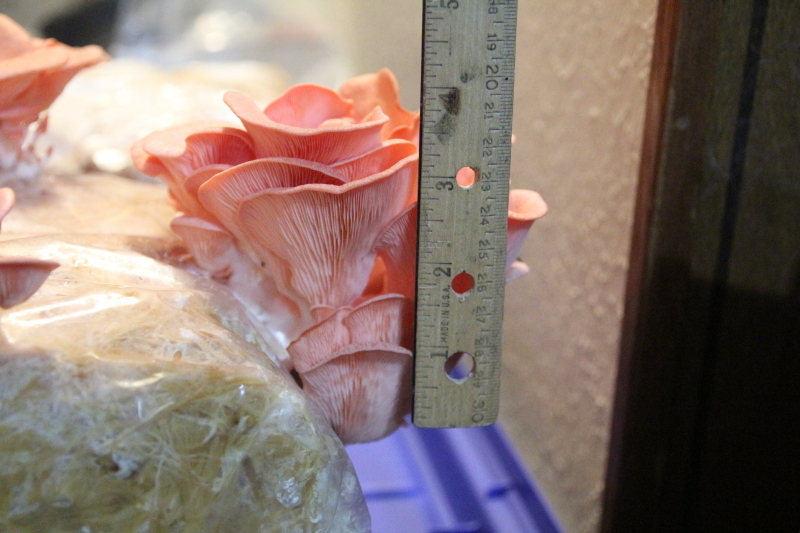Apparently the port is optional but it makes me wonder what you would do if it wasn't installed. Luckily it was there on all three of the machines I picked up from ebay.
Shdwdrgn
No worries, glad to help. I don't print a lot with my machine any more, but things still come up (like I got a shop press a couple weeks ago and found a knob for the release valve so you don't need a special tool for it ... printed with no trouble and now the printer sits idle again).
You may be interested in these links, it can reduce or eliminate the problems which require cold pulls. Basically the issue is that the tubing moves up and down during printing and creates a slack space where the filament gets into a region of the nozzle it's not supposed to reach. This modification uses a short length of tubing inside the nozzle that is pushed down tight, then your regular tubing sits on top of that where the movement doesn't cause any problems. I've never had a single clogged nozzle or needed to do a cold pull in several years since making this change, so I highly recommend it.
https://www.youtube.com/watch?v=7tCxO17XZtw https://www.thingiverse.com/thing:4220059
You never know. Old filament CAN be used, but it takes special care with the slicer settings and it helps a lot if you have a dehumidifier to dry it out. I live in a dry climate, and have filament at work which has been sitting on the shelf for about 7 years, but I can still get beautiful prints out of it. All of my filament at home is left in ziplock bags but it still gets brittle over time (if you can easily snap the filament, it probably has a lot of moisture in it).
Honestly at that point I would tear down the whole thing and use this video as a guide for reassembly. The most important thing to do is to make sure the framework is all squared up, otherwise all prints will suffer.
As for bed leveling... A lot of people think the paper test is all you need, but really that only gets you close enough to start leveling the bed. First thing is to tighten all the springs to within 1 turn of being closed, then adjust the Z switch so that the head homes to roughly that same height. After that you use the paper method to get the bed roughly level, then move on to live testing with a 5-point bed-leveling test print to dial it in. Ideally you want the nozzle gap to be about 75% of the nozzle size, so for a 0.20mm tip you would want a 0.15mm gap to get your print to stick.
As I mentioned to someone else, Creality's QC is garbage. My first glass bed had better adhesion than PEI and worked beautifully for a few years until the coating wore out. My second glass bed was trash, I never could get anything to stick to it without using hairspray, and now it sits in its box. I have a PEI bed now, which seems to have solved the problem. If you decide to try using the printer again, don't forget to clean the glass with 90% ISO. Worst case try flipping the glass over to the smooth side, clean it with ISO, then use glue sticks on that surface (you won't get any adhesion on bare glass without the glue or hairspray).
Ah thanks for that! I can never remember PETG, probably because I've never used it myself.
OK so you want to watch this video and learn how to manually do bed leveling. However if you really want to go over the whole machine (perhaps even tearing it down and rebuilding it so you know where everything is an can assure that it was assembled correctly) the you want to start with this video.
Once the machine is set up, it's time to install slicing software on your computer. Cura is a popular and free option, with support built in for the Ender 3 (you have to set up a new machine in the software and tell it what model you have). Following that, find something to print! There are many sites like thingiverse where you can download models from, but you want to start with something small to work out the bugs without wasting a lot of filament. Look for something like a calibration cube ("calicat" is my favorite) which will provide information on how well you have your machine set up.
Also to consider... if you live in a humid environment and you were given filament with the printer that is NOT in a sealed bag, you should be aware that filament absorbs moisture from the air and "wet" filament will print like hot garbage. Insanely cheap filament like the $12 stuff you find on Amazon can also cause problems, so stick with stuff more in the $20 range until you have some experience in working with your machine.
One thing I learned is that Creality's QC is absolute garbage. When I first got my printer I also picked up a glass plate. Everything stuck perfectly to it, hardly any fuss at all. After several years the coating wore out and I bought a new one. Total trash, nothing would stick without heavy usage of hair spray and I eventually gave up on it.
If you want to try again, look for PEI beds. If you have one with the magnetic base, there are several with the PEI already mounted on a spring-steel plate. PEI is one of the best surfaces you will ever find to print on, although I believe one type of filament (I think a variation of PLA?) sticks too well and can damage the PEI trying to take prints off... but I've used regular PLA, PLA+, and TPU with great success, and have heard that ABS also works well on it. Just keep it clean with 90% ISO and you'll eliminate at least one problem.
Of course there's also the whole thing with bed leveling. I run into a lot of people who think the paper method is the whole process for leveling, when really it's just to get your printer dialed in close enough that you don't ruin the bed when you actually begin to do the leveling. Getting the leveling wrong is by far the most common reason why prints don't stick well so do your best to nail that aspect. You want the nozzle gap about 3/4 of the nozzle size, so for a standard 0.20mm nozzle you would want a gap of about 0.15mm for your first layer (but still use 0.20 in the slicer) to get that proper smoosh. My leveling method involves using a 5-point bed-leveling test print, and you can judge the gap by eye from that. Takes quite a few iterations to get all the corners dialed in, but you shouldn't have to do it often.
Speaking of which... another common complaint is the loose bed springs. You want to Crank those puppies down almost completely closed, then adjust the Z switch to that new position before starting the leveling. Tight springs means you almost never have to readjust the leveling knobs. I check mine about once a year.
I bitched at someone on reddit about that once... Asked a similar common question and so I asked them if they even bothered LOOKING at the sub before they posted because that exact question had already been asked three times that day! There's being lazy, and then there's crap like this.
Two printers were fighting for the same bed (one with black filament and one with white). Obviously the black printer won and finished the print perfectly.
People give the Ender 3 a bad rap all the time, but it's honestly a great little machine. I far prefer it to the $2500 printer we have at work that has "automatic everything" and can't easily be adjusted to manually correct its bad settings.
With that said, how far have you gotten with it? Do you have any software installed? Have you tried printing anything (and was it successful)? You didn't give much clue as to where you're stuck. Yes you need to take some time to learn how to fine-tune the settings, and yes it can be frustrating because there is SO MUCH to learn about 3D printing, but once you get over the hump you can start cranking out all kinds of fun things.






If you think Trump will protect your democratic rights, tHeN yOu HaVeN't DoNe YoUr ReSeArCh!